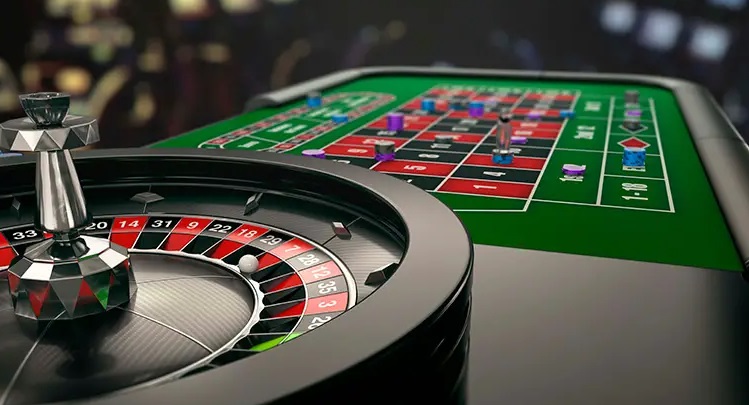A near miss in online slots occurs when the player lands two out of three matching symbols on a payline, creating the illusion that they almost won. For example, if you’re playing a slot with cherry symbols and land two cherries on a pay line with a third cherry just above or below the pay line, that’s considered the Impact of Near Misses. Research has shown that near misses activate the same brain regions as actual wins, releasing dopamine, a neurotransmitter associated with pleasure and reward. This effect is similar to what happens in the brain of a pathological gambler, who may interpret near misses as a sign that they are close to winning, encouraging them to continue playing.
A study by Luke Clark and colleagues at the University of Cambridge found that near misses triggered more excellent brain activity in the midbrain and ventral striatum, associated with reward processing, compared to complete misses. This suggests that near misses are more arousing and motivating than complete misses, even though both outcomes result in no payout.
Role of cognitive distortions
Cognitive distortions, or irrational thought patterns, play a significant role in the psychology of near misses. One such distortion is the gambler’s fallacy, which is the belief that a particular outcome is “due” after a series of opposite outcomes. For example, a player may believe that a win is imminent after a string of losses or that a particular symbol is more likely to appear because it hasn’t shown up in a while. Another cognitive distortion is the illusion of control, where players believe they influence the outcome of a spin through their actions or rituals, such as tapping the screen or rubbing a lucky charm. These distortions lead players to overestimate their chances of winning and underestimate the role of chance in the game.
Game design and near misses
- Game rusia777 designers are well aware of the psychological impact of near misses and often incorporate them into the design of online slots. By carefully programming the frequency and placement of near misses, designers create a sense of anticipation and excitement that keeps players engaged.
- One common technique is to use clustering, where near misses occur more frequently than would be expected by chance alone. This creates the impression that the player is “close” to winning, even though the payout odds remain unchanged.
- Another technique is “virtual reel mapping,” where the virtual reels displayed on the screen do not accurately represent the actual probabilities of each symbol landing on a payline. This allows designers to control the frequency of near misses and create the illusion of a more exciting gameplay experience.
Ethics of near misses
While near misses can be an effective tool for keeping players engaged, ethical concerns surround their use in online slots. Some argue that the deliberate manipulation of near misses exploits players’ cognitive biases and contributes to problem gambling behaviours.
In response to these concerns, some jurisdictions have introduced regulations around using near misses in online slots. For example, the UK Gambling Commission requires that the probability of a near miss occurring must be no greater than the likelihood of a win occurring.

